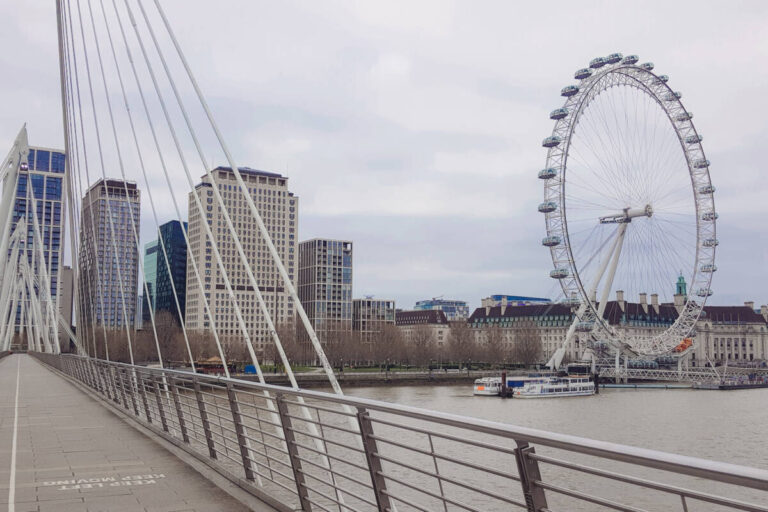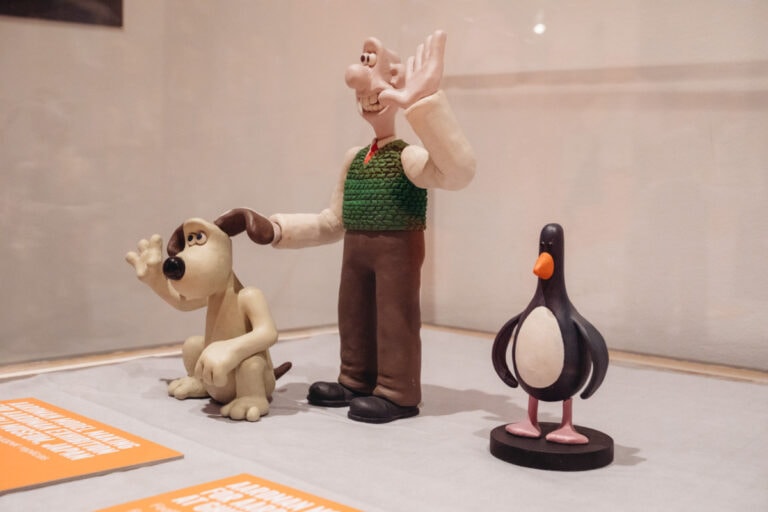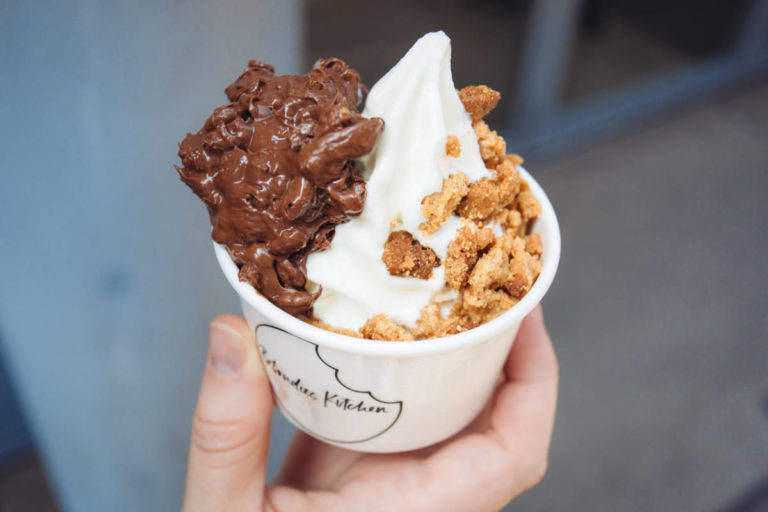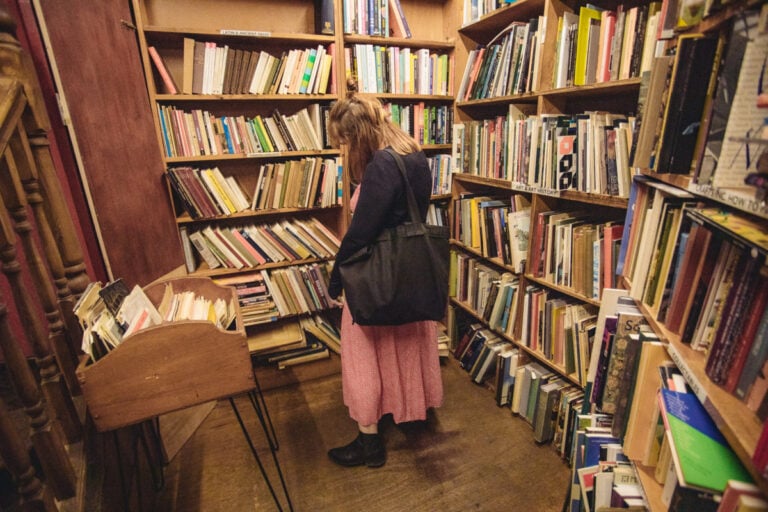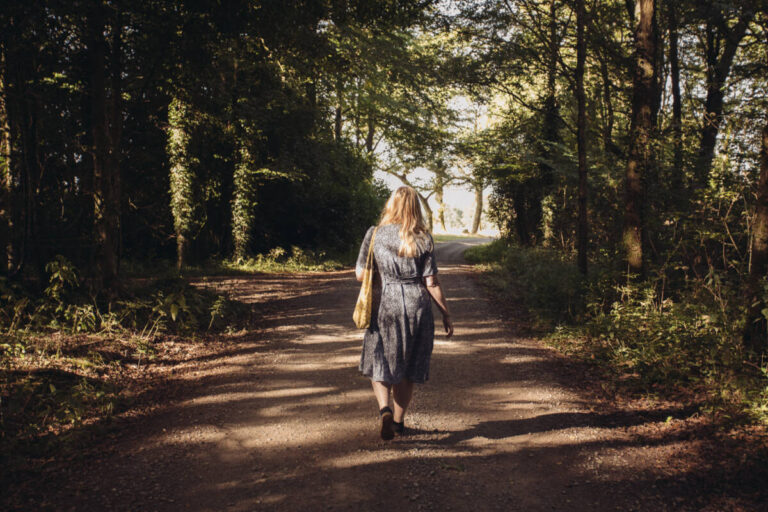(Iced) Matcha Latte Recipe
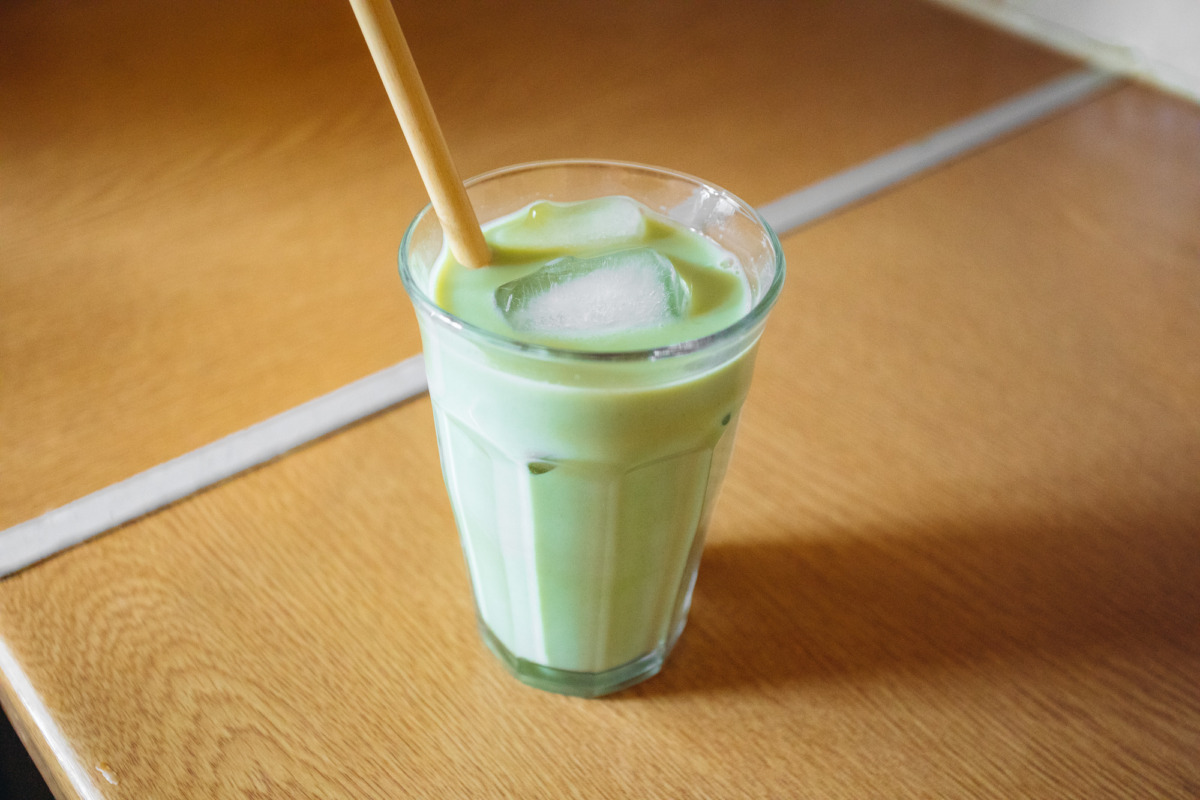
For something focused on relaxation and mindfulness, getting into Matchas can be quite a daunting task, I can tell you that.
From picking the perfect powder, mastering the tools, understanding the method, and deciding on milk pairing – it can all be a tad overwhelming.
So after experiencing the trials and tribulations first hand, I’ve compiled a primer for crafting homemade matcha at a reasonable cost and with minimal fuss.

Matcha Powder
The proof is in the pudding, and in this case, it’s in the green stuff you choose to use. Oh and before I forget, remember to store your matcha in the fridge once opened.
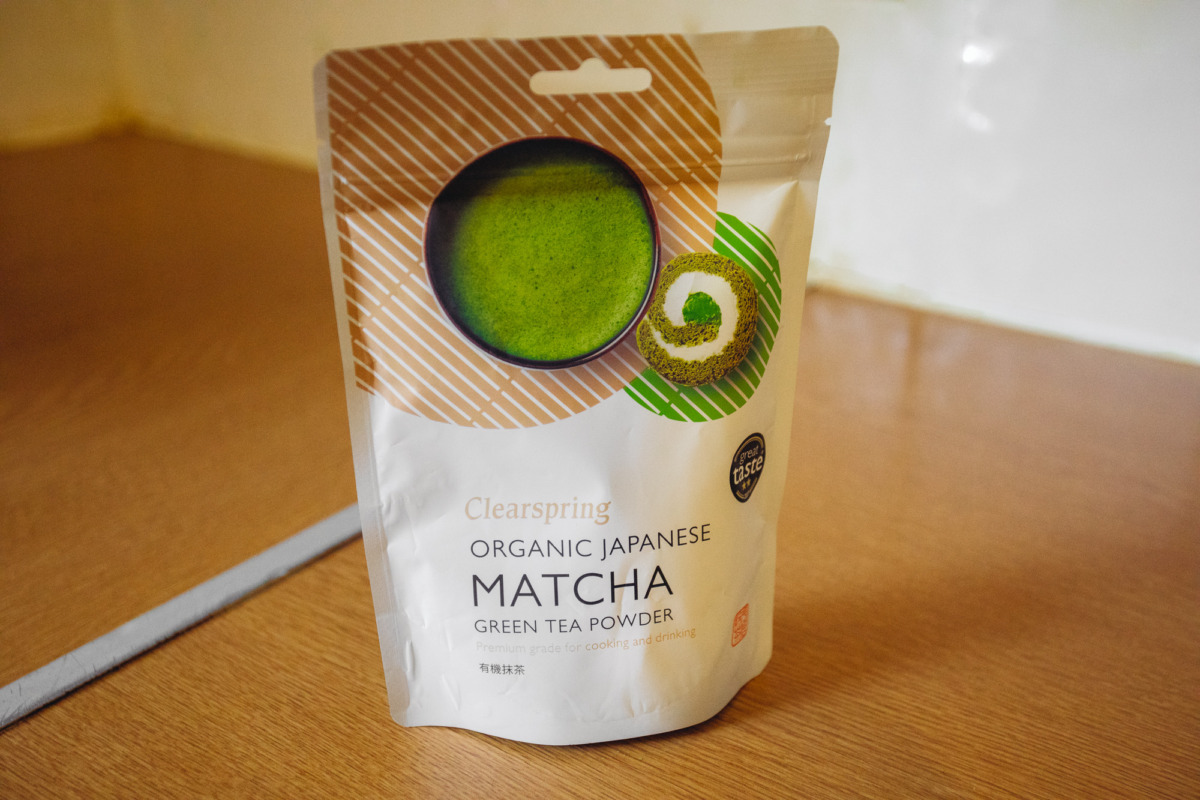
• Base level – At first, I tried all the supermarket options like Teapigs, Twinings and Clearspring, and I can tell you that Clearspring is my favourite. It’s not groundbreaking, but it does offer reasonably strong, fresh flavours without being too heavy on the wallet. For the best value, get the biggest bag you can – I ended up on the 100g one.
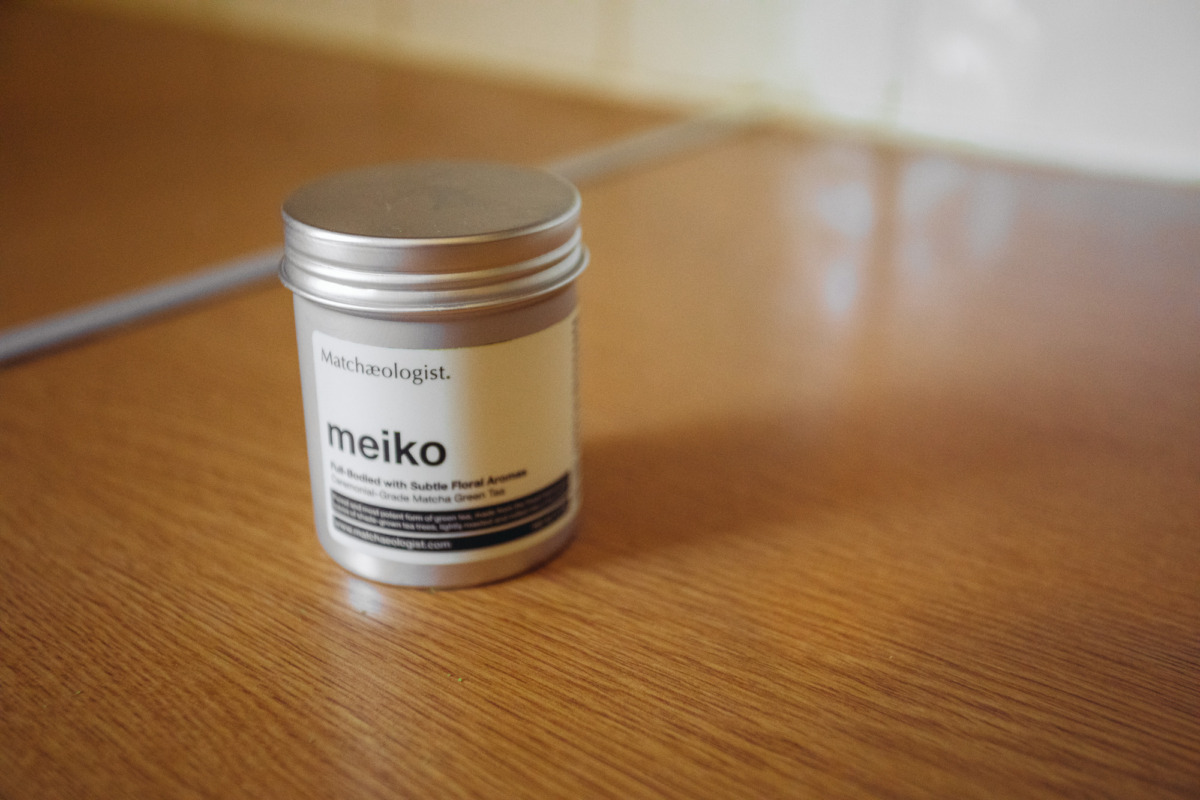
• Mid Level – If you’re itching for a more refined (and more expensive) Matcha powder, I would recommend Matchaologist. They offer a variety of different quality matchas, including, in order of price, Midori, Meiko, Matsu and Misaki. There are several other online ‘matcha specialists’ out there, but I found this one via the Japanese WA Cafe in London, so it felt more trustworthy than my random searches online.
• High End – The crown for premium matcha undoubtedly belongs to Ippodo, and their Shoin no Mukashi, available at several retailers. The Kyoto-based tea company date back to 1717, so they probably know their matcha. I came across this at the Japan House in London, after getting a really incredible Matcha Latte, I had to ask the staff what they used, and this was it. They also offer a variety of quality matcha powders.

Tools
You’re probably familiar with the Japanese bamboo whisk (chasen) used for stirring your matcha in a tea ceremony style, but there’s a few more items to think about if you’re getting into the matcha making business. Here’s what you’ll need:
•Bamboo whisk (chasen): Essential for whisking.
•Mixing tea bowl (chawan): For whisking matcha and water.
•Bamboo teaspoon/ladle (chashaku): To measure your matcha.
•Tea strainer (chakoshi): Ensures smooth matcha powder.
•Whisk stand (chasen-tate): Protects and airs out your whisk.
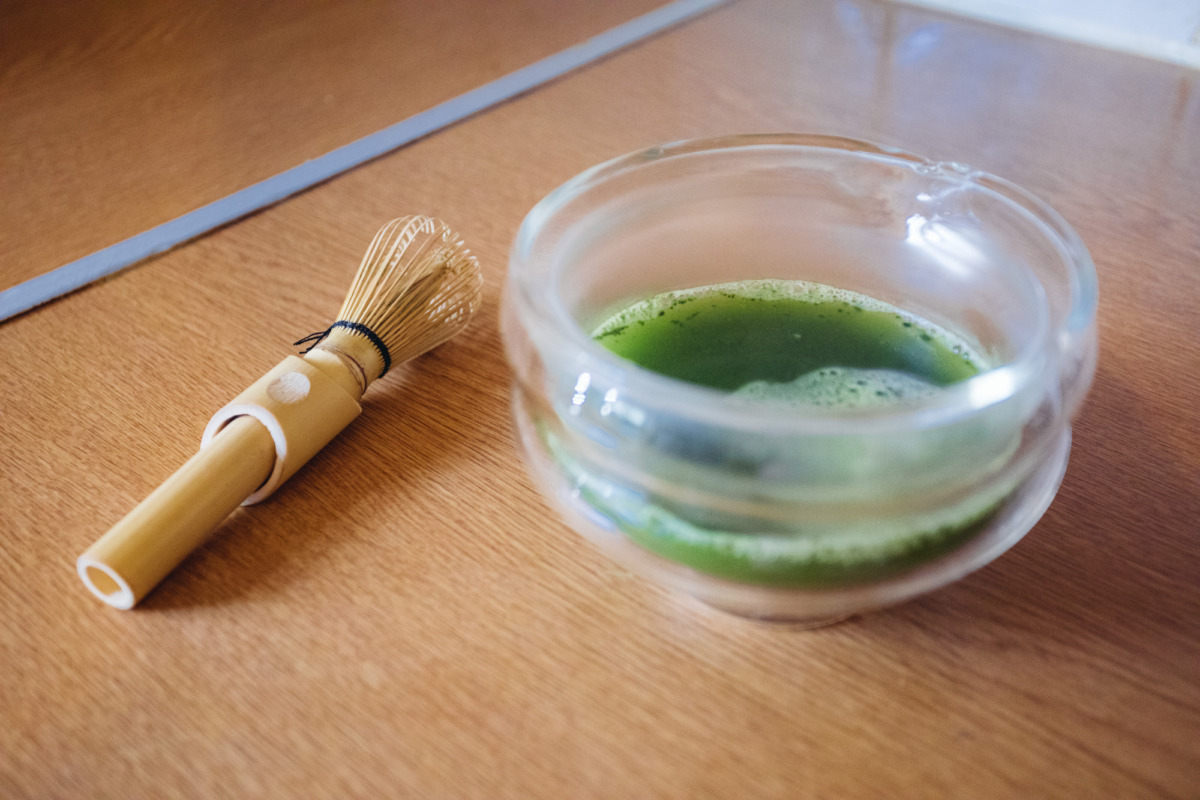
Where to Buy Matcha Poweder / Kits?
Amazon boasts a large range, but sifting through it can be a challenge.
I found Teanagoo was a good option for an all-round kit that doesn’t break the bank or break into pieces. Artcome offers more reasonable prices, but the quality reflects that. For a less traditional style, Matchaologist offers contemporary-style glass bowls in their kits, as well as whisks with longer handles.
If I had the money to spend, I’d go for the Ippodo kits. They offer a range of Matcha kits (Basic, Essential & Deluxe), which tick all the boxes and are of fantastic quality. Sadly their gorgeous ceramic tea bowl with spout, which I’ve seen used at several Japanese cafes, isn’t in their starter kits, and has to be bought separately.

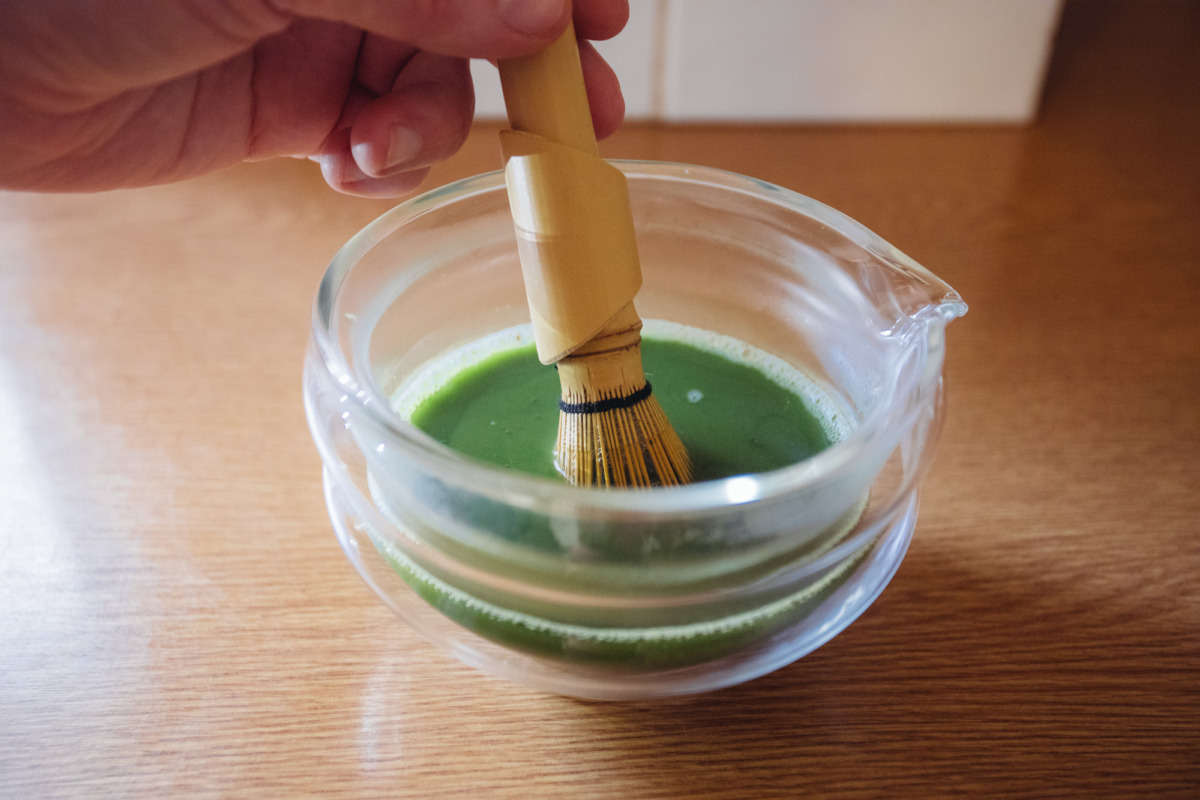
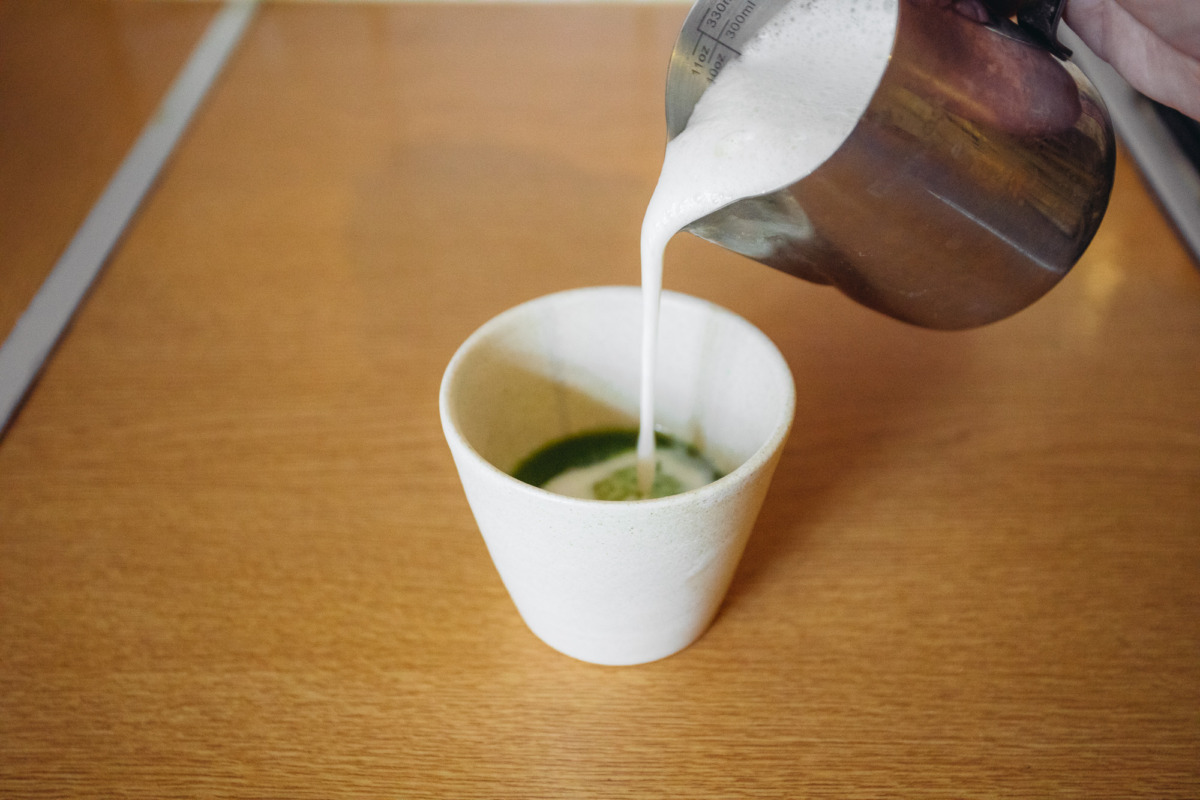

How To Make A Matcha Latte?
You can probably find a million videos on how to make your matchas and matcha lattes, but here’s a simple, concise step by step:
1. Add 1 teaspoon of Matcha powder (or 1.5 chashaku ladles) to your mixing bowl. (You can also sieve through a strainer if you wish before adding).
2. Add ‘cooled boiling water’ (80C) to your mixing bowl.
3. Whisk the mixture quickly with the whisk, in an ‘M’ shape.
4. Pour into your favourite cup.
5. For a Matcha Latte, top up with frothy hot milk or milk and ice.
6. Cleaning: Rinse your whisk in water and then air dry. Gently wipe your chashaku clean with a soft cloth or tissue.
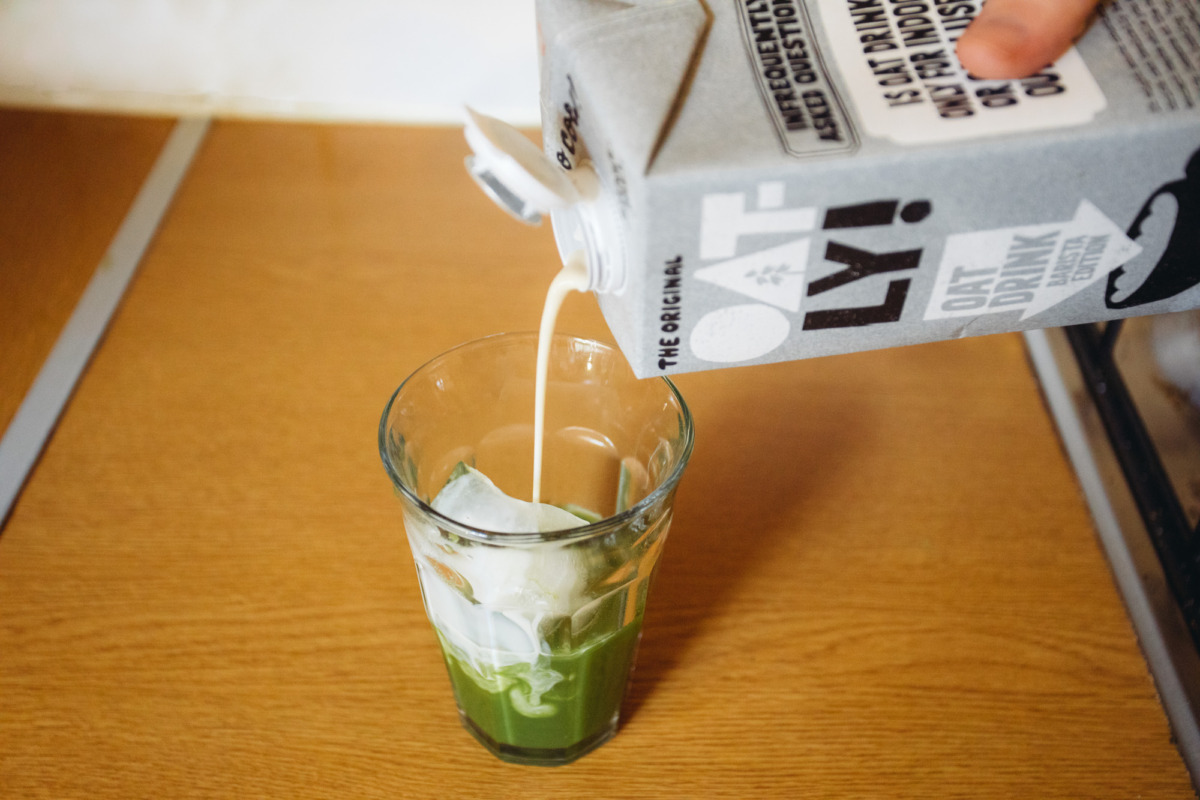
What Milk To Use For Matcha Latte
I’m an alternative milk fan, particularly Oat Milk, so from all my experiences at home and in cafes (link to post), I would say that Oatly Barista is the best option, followed by MOMA and Minor Figures.
